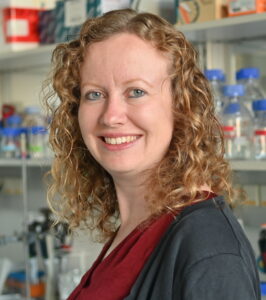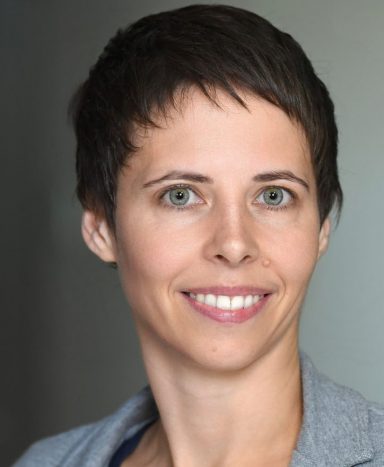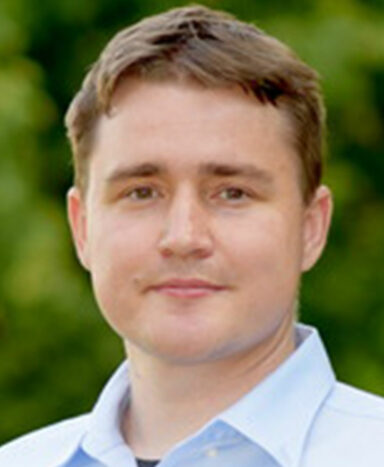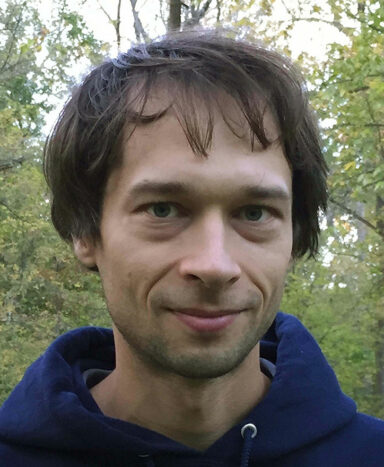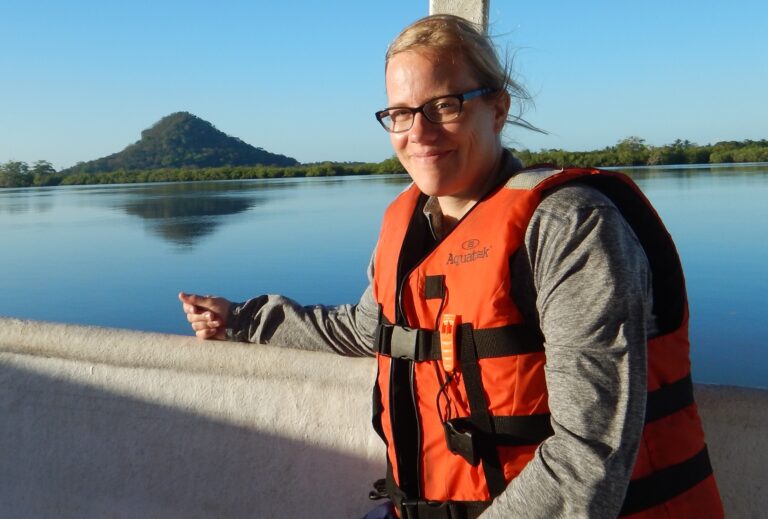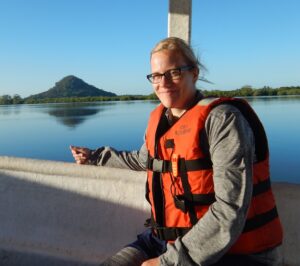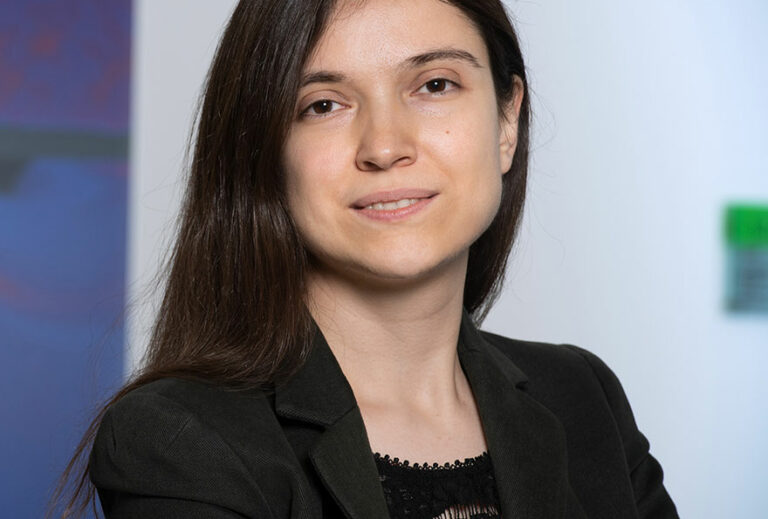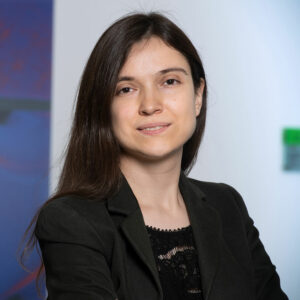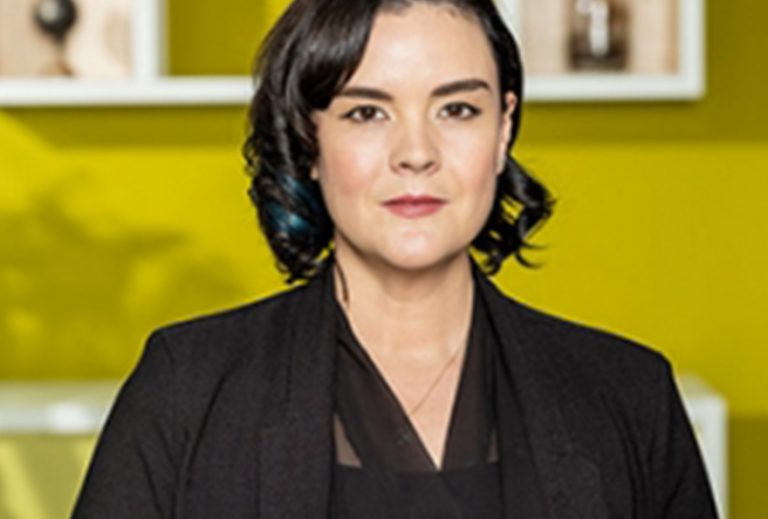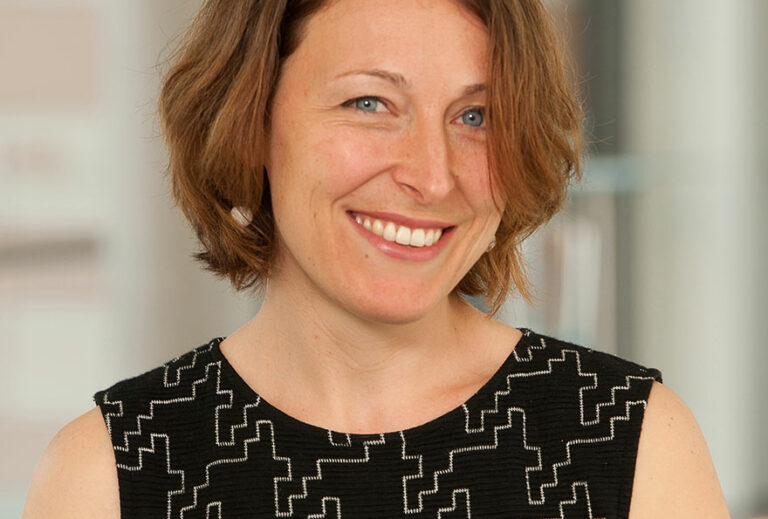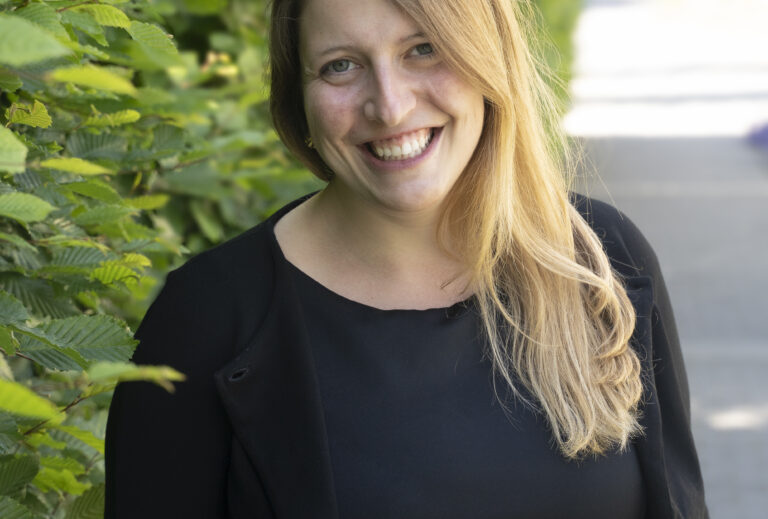Melanie McDowell
Biography
I am a structural biologist, interested in membrane protein targeting and insertion. After completing a master’s in molecular and cellular biochemistry at Brasenose College, University of Oxford, I embarked on a Ph.D. as part of the Wellcome Trust Graduate Program in Structural Biology. Within the lab of Susan Lea at the Sir William Dunn School of Pathology in Oxford, I investigated the molecular arrangement of components within the bacterial Type III Secretion System.
Inspired by this amazing membrane-embedded complex and a love of Germany, I successfully applied for an EMBO long-term fellowship to study eukaryotic membrane protein biogenesis. During my postdoc with Irmi Sinning at the Heidelberg University Biochemistry Center, I determined structures of the Get1/Get2 membrane protein complex that showed us how tail-anchored membrane proteins are inserted into the endoplasmic reticulum membrane. It was a huge honor to be awarded a ‘free-floating’ Max Planck Research Group Leader position, allowing me to start the membrane protein biogenesis group at the MPI of Biophysics at the beginning of 2022.
Education and positions held
- 2022-present:
- Max Planck Research Group Leader at the Max Planck Institute of Biophysics, Frankfurt am Main, Germany.
- 2014-2021:
- Postdoctoral Researcher at the Heidelberg University Biochemistry Center (BZH), Heidelberg, Germany.
- 2012-2014:
- Postdoctoral Researcher at the Sir William Dunn School of Pathology, Oxford, UK.
- Postdoctoral Researcher at the Sir William Dunn School of Pathology, Oxford, UK.
- 2008-2012:
- DPhil in Structural Biology, University of Oxford, Oxford, UK.
- 2004-2008:
- Masters in Molecular and Cellular Biochemistry, University of Oxford, Oxford, UK.
Research Summary
Around one third of proteins in the eukaryotic cell are found in membranes, where they perform key physiological roles and represent major drug targets. However, membrane proteins must first be delivered to and inserted into the correct membrane before they can function. For the vast majority of membrane proteins, the first stage in this journey is their synthesis in the cytosol and insertion into the endoplasmic reticulum (ER) membrane by cellular pathways.
Due to the huge repertoire of eukaryotic membrane proteins, different pathways are required for their ER targeting and insertion. Our research aims to obtain a molecular-level understanding of these fundamental pathways, primarily through solving the structures of factors involved in targeting and insertion. In combination with biophysical and biochemical methods, we want to further understand how these factors interact and ultimately the interplay between the different pathways.
Key publications
- M. A. McDowell*, M. Heimes* and I. Sinning. Structural and molecular mechanisms for membrane protein biogenesis by the Oxa1 superfamily. Nat Struct Mol Bio 28, 234-239 (2021).
- M. A. McDowell, M. Heimes, F. Fiorentino, S. Mehmood, Á. Farkas, J. Coy-Vergara, D. Wu, J. Reddy Bolla, V. Schmid, R. Heinze, K. Wild, D. Flemming, S. Pfeffer, B. Schwappach, C. V. Robinson and I. Sinning. Structural basis of tail-anchored membrane protein biogenesis by the GET insertase complex. Molecular Cell 80 (1), 72-86.e7 (2020) .
- M. A. McDowell*, A. M. P. Byrne*, E. Mylona, R. Johnson, A. Sagfors, V. F. Crepin, S. M. Lea and G. Frankel. The S. Typhi effector StoD is an E3/E4 ubiquitin ligase which binds K48- and K63-linked diubiquitin. Life Science Alliance 2(3), e201800272 (2019) .
- M. A. McDowell, J. Marcoux, G. McVicker, S. Johnson, Y. Fong, R. Stevens, L. A. H. Bowman, M. T. Degiacomi, J. Yan, A. Wise, M. E. Friede, J. L. P. Benesch, J. E. Deane, C. M. Tang, C. V. Robinson and S. M. Lea. Characterisation of Shigella Spa33 and Thermotoga FliM/N reveals a new model for C-ring assembly in T3SS. Mol Microbiol 99, 749-766 (2015)


